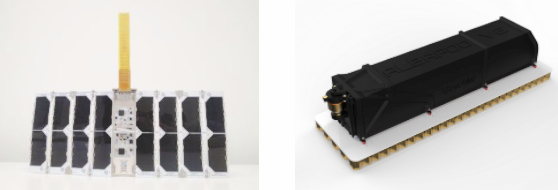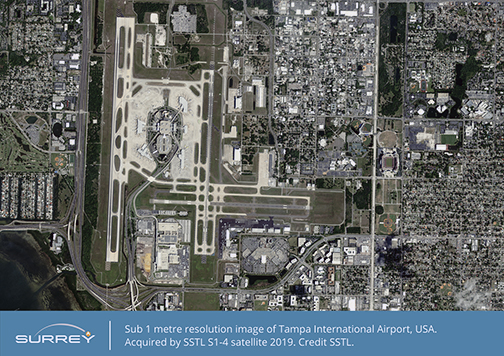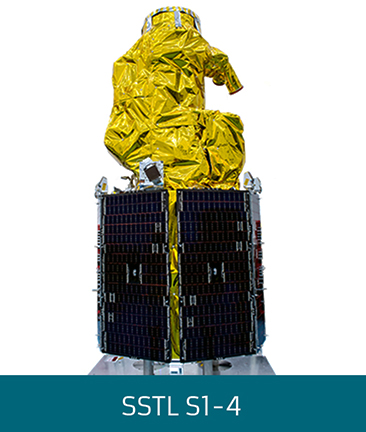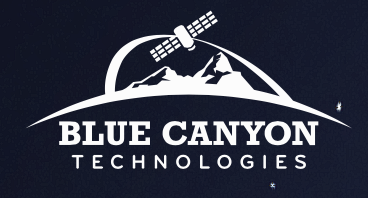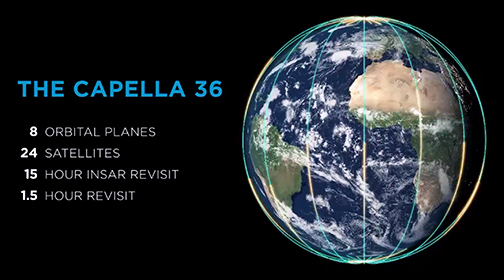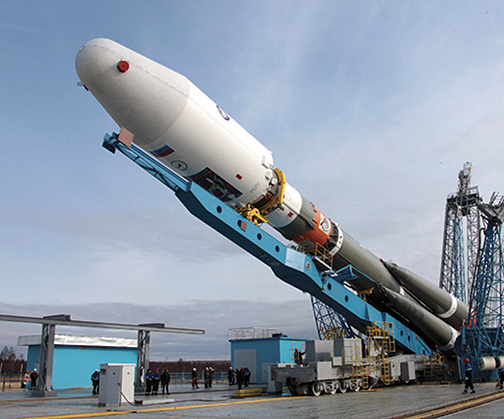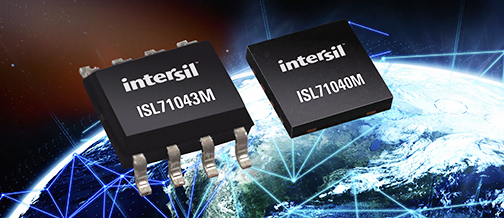
Space Flight Laboratory (SFL), celebrating 100 cumulative years of on-orbit smallsat operations, will highlight present and future microspace remote sensing missions at the 12th IAA Symposium on Small Satellites for Earth Observation. SFL is a specialty lab building satellites professionally at the University of Toronto Institute for Aerospace Studies (UTIAS).

On Monday, May 6, at 13:30, SFL’s Laura M. Bradbury will present, “On-Orbit Greenhouse Gas Emissions Monitoring with the GHGSat Constellation.” The paper discusses the GHGSat-D microsatellite built by SFL and launched in 2016 by GHGSat Inc. to demonstrate the detection of point sources of greenhouse gases from orbit. The successful mission resulted in SFL’s being contracted to develop GHGSat-C1 and -C2 for commercial operations.
The paper is co-authored by Michael Ligori, Robert Spina, and Robert E. Zee, all of SFL, and Stephane Germain of GHGSat Inc. in Montreal.
SFL established itself as the go-to provider of smallsats for Earth Observation (EO) applications by developing break-through attitude control technologies for smaller satellites. As a greater challenge for smaller satellites of low mass, attitude control is a necessity for precise pointing of onboard sensors at Earth.
In addition to the two commercial GHGSat smallsats, SFL is developing two atmospheric monitoring satellites and one optical remote sensing satellite at its Toronto facility. These include the DMSat-1 aerosol and greenhouse gas monitoring microsatellite contracted by the Mohammed Bin Rashid Space Centre (MBRSC) in Dubai, and Slovenia’s first Earth observation satellite, NEMO-HD which will be launched later this year. NEMO-HD is a compact microsatellite capable of 2.8m (actual) resolution, multispectral, high-definition imaging and video.
Visit the SFL booth at the 2019 IAA Symposium on Small Satellites for Earth Observation, hosted by the International Academy of Astronautics. This year’s conference will be held in Berlin, Germany, on May 6-10. Details at http://smallsat.iaaweb.org/.








